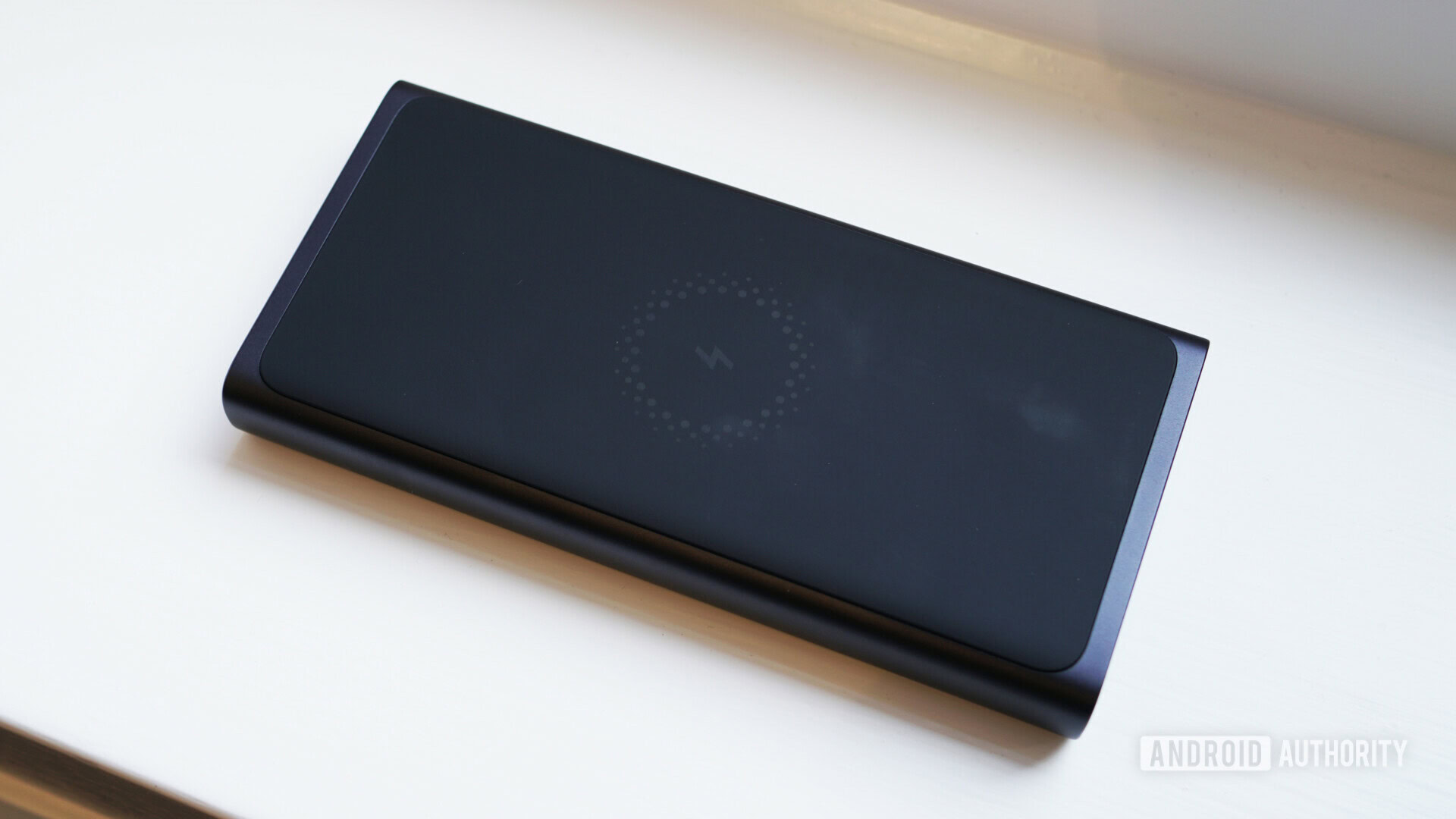Affiliate links on Android Authority may earn us a commission. Learn more.
Your next power bank could be made out of stinky fruit

Power banks aren’t particularly interesting pieces of technology. They are typically simple bricks that help your exciting tech’s battery last longer. Thanks to the University of Sydney, that could all change in the future.
Researcher Vincent Gomes is an academic associate professor for the School of Chemical and Biomolecular Engineering at the university. He and his research team recently developed a method showing how to turn the world’s smelliest fruit known as durian into an alternative form of energy storage. The team used durian and also jackfruit waste in a non-toxic, non-hazardous process to create energy stores known as super-capacitors.
Super-capacitors are energy stores that smoothly release energy. They can quickly take in large amounts of energy and use it to charge electronic devices.
Using a “green engineering method,” the team transformed the durian and jackfruit waste into stable carbon aerogels. Carbon aerogels are synthetic materials engineers use for a wide range of applications, including making energy stores.
“Carbon aerogels make great super-capacitors because they are highly porous,” Gomes said. “We then used the fruit-derived aerogels to make electrodes which we tested for their energy storage properties.”
The team found these energy stores to work exceptionally well. Not only was this experiment a success, but Gomes said these super-capacitors performed even better than the materials currently available. In fact, they are “comparable, if not better, than the expensive and exotic graphene-based materials.”
Gomes thinks these naturally-derived super-capacitors can be a low-cost alternative way to store energy without contributing to global warming by utilizing fossil fuels. Since the Sydney research team already proved this is feasible, we will hopefully see stinky fruit powered battery banks in the near future.
Read next: Refresh rate explained: What does 60Hz, 90Hz, or 120Hz mean?